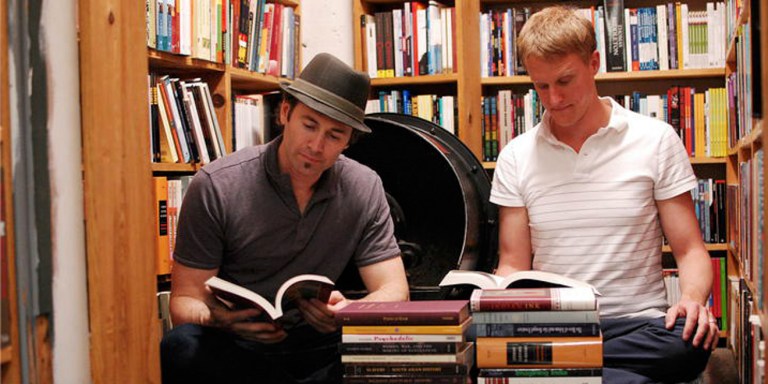This winter, history lecturer C. Ryan Perkins is offering Stanford’s first general survey course on the history of South Asia. Students in HISTORY 296C: “The Making of Modern India” will acquire a deeper understanding of how the history of India impacts the world today.
Perkins aims to introduce his students to new perspectives on the world by recognizing the web of connections that ties cultures together.
“Offering a course like this allows us to see that there are no monolithic, homogeneous cultures,” Perkins said. “We all end up growing from our interactions with one another.”
Through the course, Perkins hopes to teach students to think critically about modern Indian history and encourage them to see how it fits into the broader history of the world. The course begins with a brief study of India’s ancient past but focuses predominantly on Indian history from the colonial period to the present.
Perkins said he noticed that students with no familial ties to India tend to have a superficial understanding of Indian history. The course focuses on breaking down these assumed concepts through readings and discussion.
Ben Boston ’20 said that HISTORY 296C allowed him to consider the nuance and complexity of topics in Indian history –specifically, the caste system, which he had studied prior to coming to Stanford.
“In high school, we learned that India has a caste system with four castes,” Boston said. “This course has shown me that it is much more complicated than that. The modern caste system is a product of the British interpretation of Indian society and the Indian reinterpretation of that system.”
Characterized by Boston as “absurdly knowledgeable,” Perkins became interested in South Asian studies as an undergraduate student, when he spent three semesters traveling to Pakistan, India and Nepal. During his journey, Perkins worked with refugees from Afghanistan and Iran and became familiar with their native languages of Urdu and Hindi.
Perkins uses his knowledge of Urdu and Hindi, as well as his command of Pashto and Persian, to interpret the primary source materials regarding South Asian history. Citing that much of the prior scholarship of the period relies on colonial sources, Perkins said that there is much room for innovation in South Asian studies, as primary source materials on many historical events remain unexplored.
While Perkins believes that Stanford is committed to fostering curiosity in the social sciences and humanities, he said that it can be challenging when students do not see value in studying history compared to more utilitarian subjects, which can lead to more profitable careers.
However, Perkins hopes that by studying the past, students will be able to work towards creating a more humane world during a period of rapid modernization.
“We look at history with a pride in the present,” Perkins said. “I want students to look at today and see how we may be implicated in injustices and inhumane practices.”
Contact Chris Peisch at cpeisch1 ‘at’ stanford.edu.
